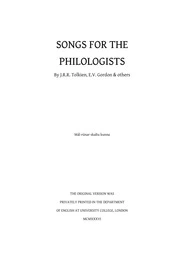Trump's lawyers propose 2026 trial date in federal election case
 boydster @ boydster @lemmy.world Posts 5Comments 13Joined 2 yr. ago
boydster @ boydster @lemmy.world Posts 5Comments 13Joined 2 yr. ago

boydster @ boydster @lemmy.world
Posts
5
Comments
13
Joined
2 yr. ago
Deleted
Permanently Deleted
Songs for the Philologists (2007 Kyrmse edition) : J.R.R. Tolkien, E.V. Gordon, & others : Free Download, Borrow, and Streaming : Internet Archive

Let him wait as long as he wants to wait. In detention though.